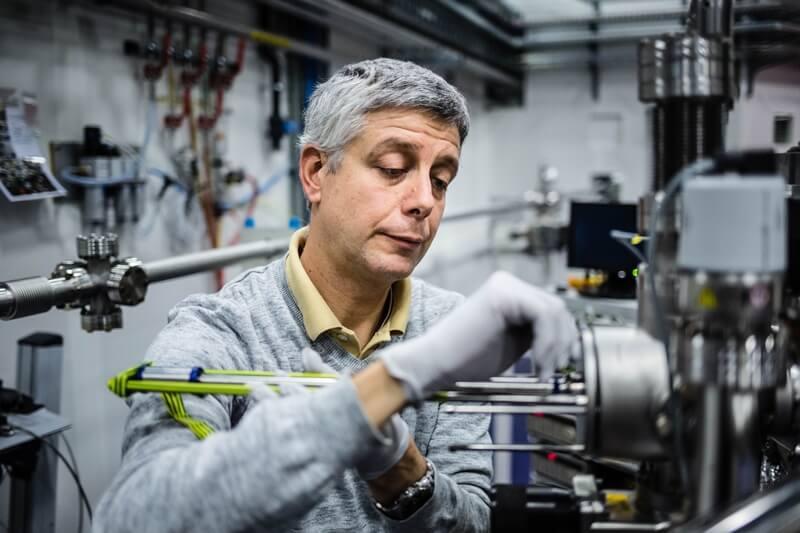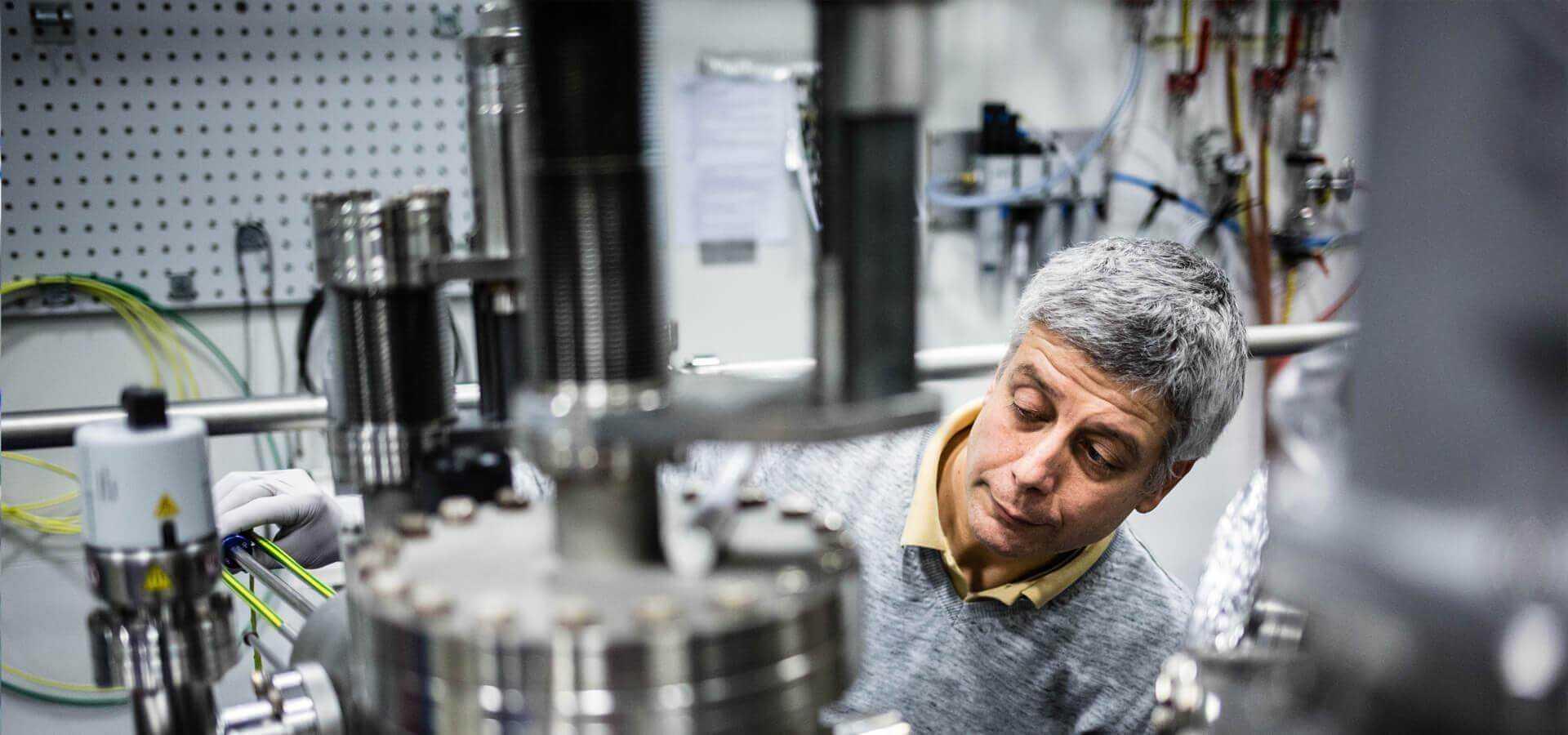As a kid, I had a notebook where I would scribble my inventions then show them to my dad, who is a scientist. He always found some law of physics that I’d broken and none of the inventions saw the light. Fast forward twenty years, and I am driving a truck all the way from my lab in Milano to the ESRF, carrying the spectrometer that would be used on the former ID12B and ID08 for nearly two decades. Year after year we learned how to make good science with it. We modified components, we moved and turned it around, and we devised new experiments made possible by the improved performances. We shared beamtime with other users and took inspiration for next generation of spectrometers. I started off as an engineer but I consider myself a physicist. I like designing machines – mainly monochromators and spectrometers - and doing science with them. A few years ago, I designed the optics parts and helped with the mechanics of the spectrometer that is now installed on ID32. The concept has been of inspiration to many other synchrotrons around the world. We haven’t registered any patents. I believe in open science, one that improves the knowledge of mankind. That is exactly what the ESRF is about, about sharing knowledge and scientific tools with the world. It makes me really proud when I see that, in the last 10 years, 90% of the publications in my field both from collaborators and competitors, have been done using the instruments I´ve developed together with Lucio Braicovich, Nick Brookes and many others. Throughout all these years the ESRF has been very effective in using technological improvements to take science very far. It is a privilege to be part of it.”

Giacomo Ghiringhelli and Lucio Braicovich, users from the Politecnico di Milano, received the 2018 Europhysics Prize of the Condensed Matter Division of the European Physical Society (EPS), in recognition of their groundbreaking work for the development and scientific exploration of high-resolution inelastic X-ray scattering (RIXS).

